The Real Cost Of Investing

When asked what their expectations are from investing in the stock market, I have actually heard some people say, “As much as I can get with no risk and for free”.
What they actually need from investing will dictate the level of risk they have to embrace and their ability to achieve that outcome will depend on the quality of advice they get that they are willing to pay for.
Investors have more options today than ever before. They can open an account with a discount broker for virtually free, follow rumors or listen to the opinion of others on what they should or should not do and be willing to assume the total responsibility for success or failure on their own.
They can work with fee-based advisors who operate under the industry’s suitability rules and are not obliged to disclose all of the costs associated with investing. These include robo-advisors who offer little or no human contact to save money or bank tellers and advisors who might have a bias towards their own products and rewarded by a compensation model that is incented by what they sell.
The other choice is work with a trusted advisor who embraces the role of a fiduciary under a standard of Duty of Care. Best interest trumps suitability any day because it provides investors with complete transparency and full disclosure, and eliminates all conflicts of interest as well.
Is it worth paying a premium for this level of service and professional advice? This article by Jonathan Deyoe, author of “Mindful Money”, sheds some light on this debate and may help you decide.




